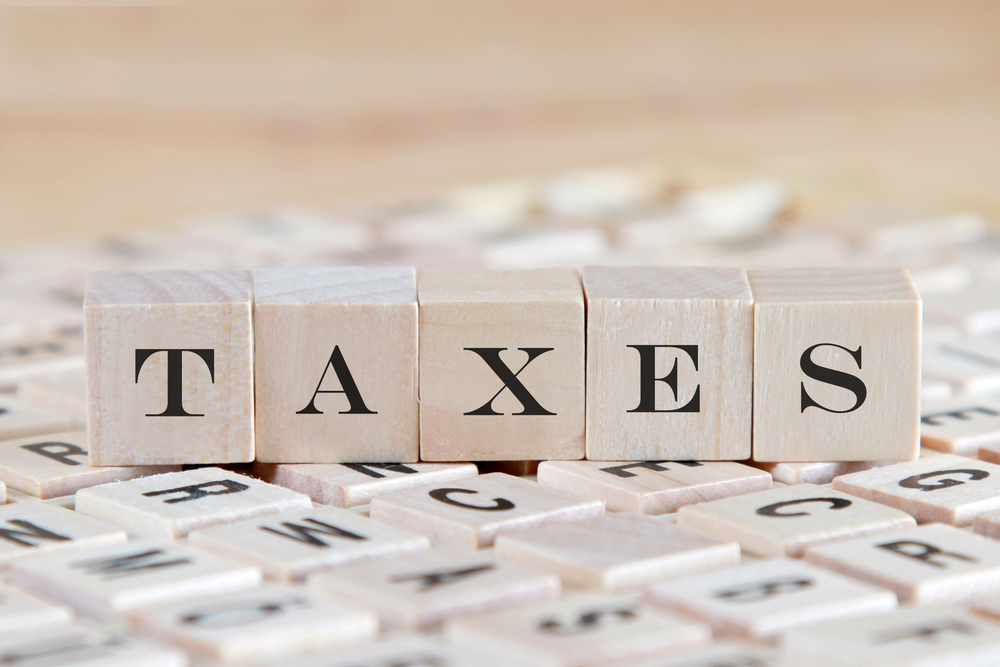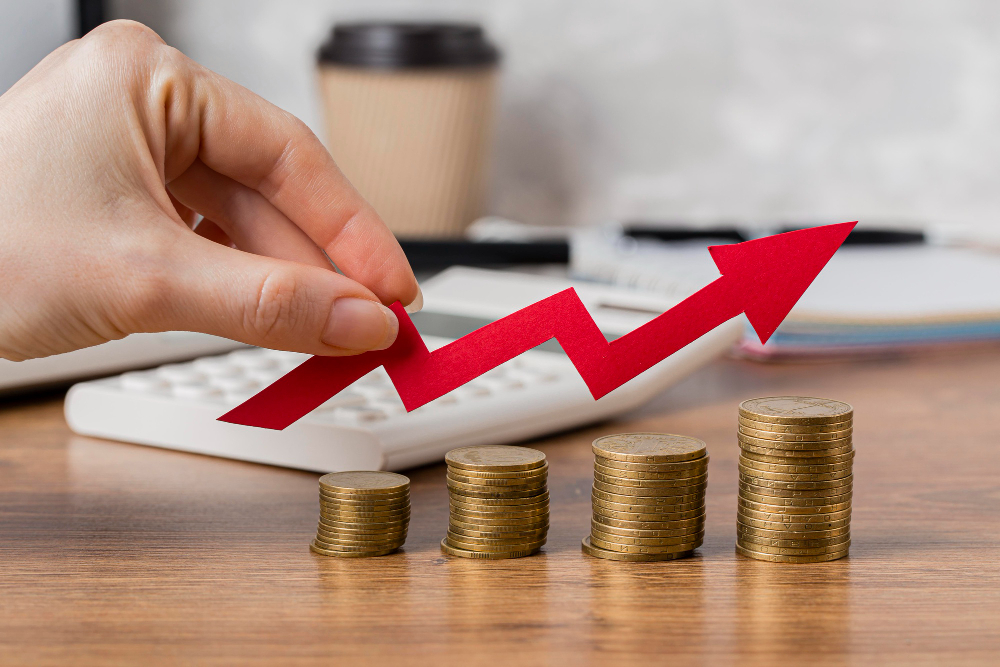From July 1st, 2018 any product, such as toys, linen, cosmetics, or clothing will incur GST on the full price of the goods sold on importation into Australia.
What are the GST changes for low value imported goods?
So from 1 July 2018, GST applies to low-value physical goods that have been imported to Australia and then sold to Australian consumers.
The way that Australia collects GST on imported goods above AUD$1000 at the border are the same.
So the GST system will now applie to all persons with Australian sales over AUD$75,000 a year
Why was the change?
The purpose is to ensure that Australian businesses are not at a disadvantage to overseas retailers by the GST exemption for low-value imports. Currently an Australian business, typically retailers, are seen to be at a competitive disadvantage in the selling locally as compared to overseas sellers.
When does the threshold apply?
The threshold is based on a projected turnover based on prior year supplies and reasonable expectations of future supplies.
So if you have sold AUD$80,000 worth of goods in the 12 months up to 1 July 2018 you are required to register.
So the GST laws ensures low-value goods imported by Australians are equal to the same way as goods purchased locally.
Changes to the Integrated Cargo System
Changes have also been made within the Integrated Cargo System (ICS) so that they can detect your GST obligations. These changes include:
- The import declarations, self-assessed clearance (SAC) declarations and declarations made on a cargo report have additional questions requesting a Vendor Registration Number. This number is normally your Australian Business Number
- Air and sea cargo reports will ask for the importer identifier (if you have quoted your ABN)
- There is an extra GST exemption code when GST has been paid already on the imported goods
So you may need to change your business systems for the changes to the ICS before 1 July 2018.
What to do if you are affected
If you’re from outside Australia and your turnover exceeds AUD$75000:
- Ensure you are registered with the ATO
- Change your pricing from 1 July 2018
- Lodge Business Activity Statements to the ATO.
- Check your import documentation with ICS including
- Tthe GST registration number
- Your Importer ID
- Your GST-paid exemption code.
If your GST turnover is under AUD$75000:
Your customers will now be contacted to pay GST on importation plus they will pay a processing fee before the goods are released to them through customs. So it is prudent to let your customers know of the charge in advance.
Who doesn’t pay GST?
If your clients are Australian GST registered business using the goods in their business you do not charge them GST.
If your business is an importer of low-value goods, and you have not yet been contacted by your suppliers, you might want to get in touch with your suppliers. If you get ahead of the game with your GST registration you will make sure you are not being charged twice for GST.
How do I get ready?
You should start communicating with your customers and getting the ICS system prepared; together with tax registrations.
Your business systems should be refined enough so you can distinguish between sales made to retail consumers as opposed to a GST registered Australian business.
At Westcourt we are committed to helping family businesses start and operate in Australia. With our local and international connections we are uniquely placed to help you get ahead of the game when it comes to cutting red tape for your family owned business.



